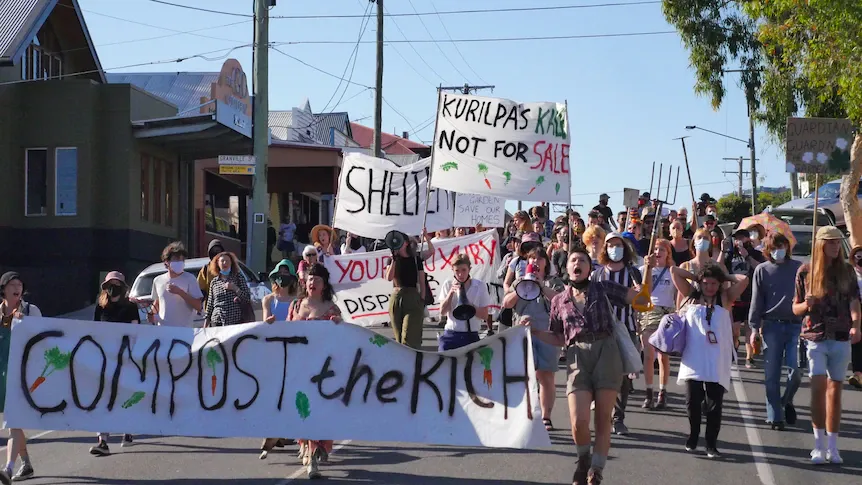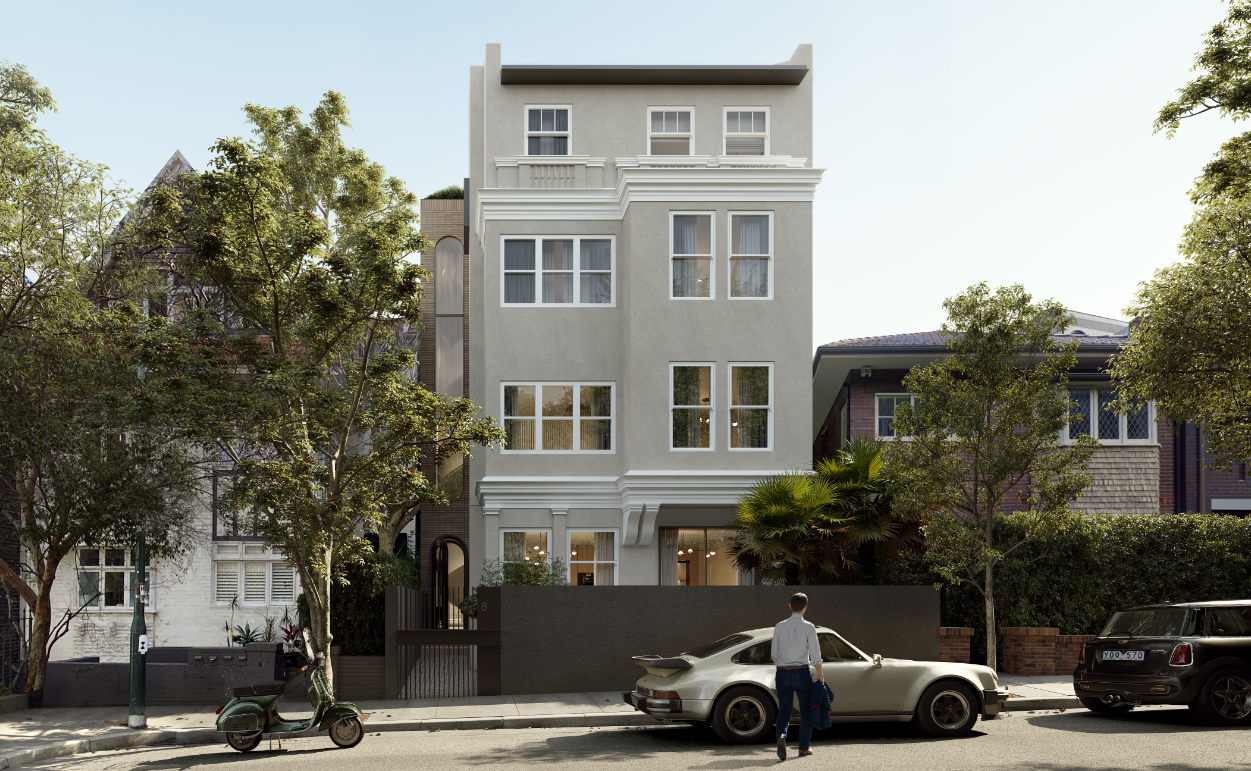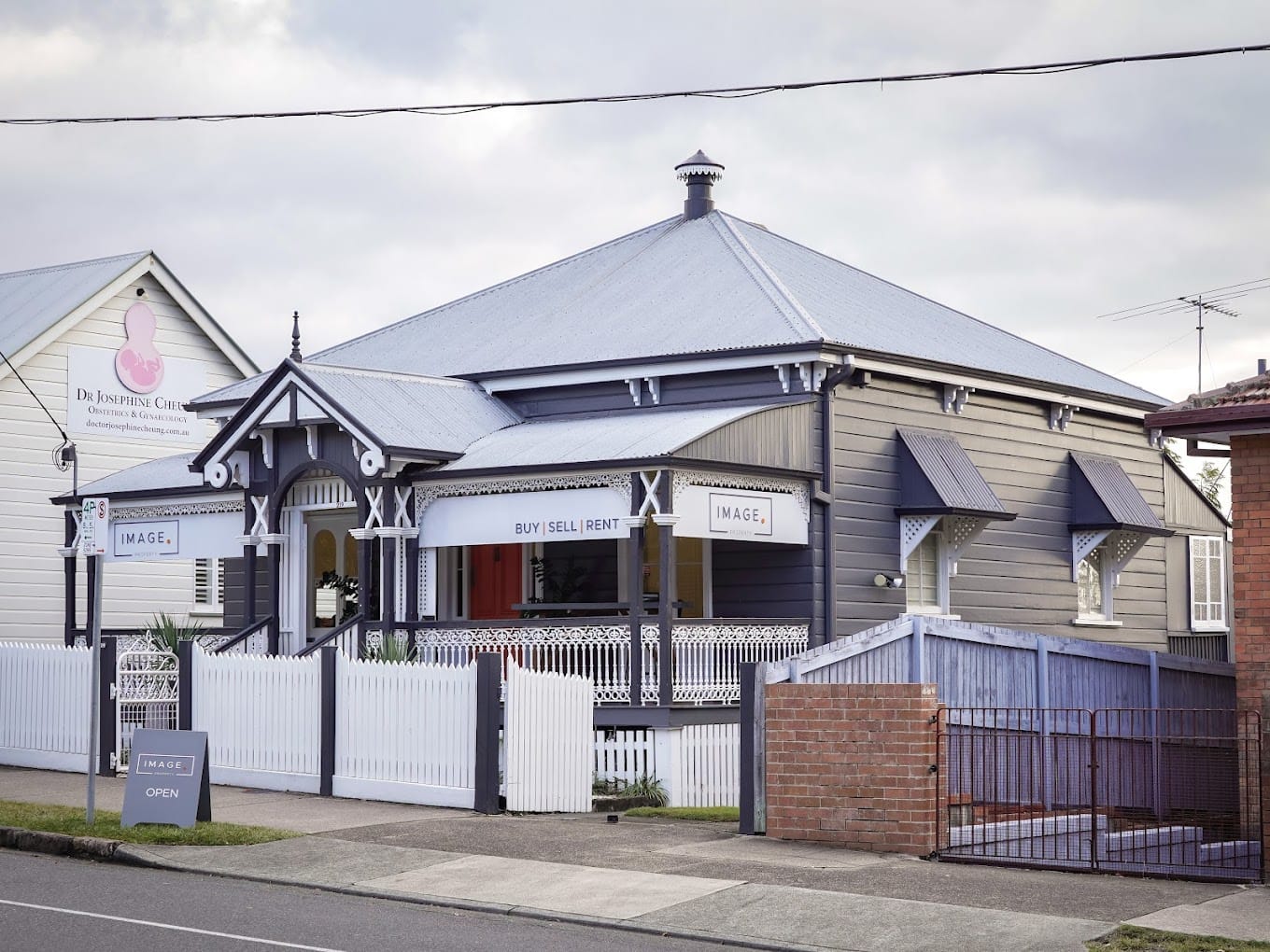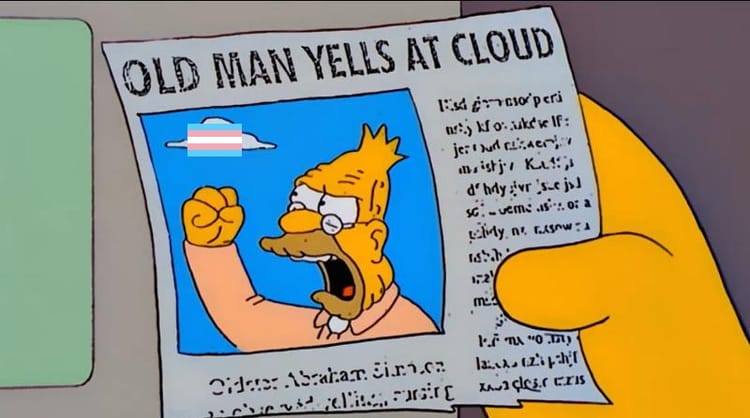Saving cheap old flats: Is Sydney’s dwelling retention initiative about to strike a blow against gentrification?

The old block of ten units is a little rundown, but has loads of character.
The roof will need replacing soon, but the building’s bones are solid, and importantly, the rent is way cheaper than anywhere else in the neighbourhood.
Most tenants have lived here a long time – working-class types with tobacco-stained teeth and wild stories about what this vibrant inner-city suburb was like 50 years ago.
A few residents are younger – newer migrants, artists and hospo workers who are actually all far more important to the city’s economy and social fabric than the average insurance lawyer, HR manager or mortgage broker.
Unlike newer apartments, this building wasn’t constructed right up to the property boundaries, so it has a small shared yard with a couple of big trees and a resident bush turkey who routinely trashes the over-manicured rose garden of the new ‘wellness centre’ across the road.
Now a developer wants to knock it all down, not to increase the supply of affordable, medium-density accommodation, but to replace this block of ten flats with just three ‘luxury’ residences that will each include a home cinema, a wine cellar, multiple off-street carparks, and more bathrooms than any normal household should ever need.
We’ve all seen this pattern before. Whether it’s Brisbane or Melbourne or New York or London, older dwellings are being demolished or heavily renovated to create a smaller number of more expensive townhouses, units or even free-standing houses.

The examples I’ve seen in Brisbane have so many negatives. They reduce the overall supply of housing but often increase the number of on-site carparks (encouraging the new, wealthier residents to drive more). They're often bulkier buildings that consume more resources in construction and more energy in ongoing operation, while leaving less room for green space around the edges.
In Sydney, the problem seems even worse. A $56 million development proposal on Macleay St in Potts Point, for example, proposes to demolish a tower of eighty existing apartments and replace it with a new tower containing just twenty-eight larger apartments.
The biggest impacts are of course the displacement of lower-income tenants, who often can’t afford anywhere else in the neighbourhood, and are forced to move far away from the social networks and community groups they depend upon and contribute to, or else end up on the street.
This is perhaps the most destructive and resource-intensive form of gentrification: Larger numbers of compact, more affordable homes being replaced by a smaller number of expensive homes that take up even more resources and space.
Now (perhaps surprisingly) Sydney City Council is pushing back.
Spearheaded by Greens councillor Sylvie Ellsmore, the council has proposed amendments to the Sydney Local Environment Plan 2012 to prevent redevelopments that significantly reduce the number of dwellings on a block.
Basically, a residential redevelopment won't be allowed to reduce the number of dwellings on a site by more than 15% (rounded up).
Allowing a slight reduction would still leave developers the flexibility to replace several 1-bedroom units with a couple of 2 or 3-bedders, supporting housing diversity.
The council states on its website:
“Our proposed changes are designed to ensure when a residential building is redeveloped, the number of homes within it doesn’t drop significantly. The draft plans will limit the reduction of existing housing in a building to 15% of homes or by one, whichever number is greater. If a block of 100 units is renovated, the new building must still have at least 85 individual residences. In a block of 10, the new building would need 8. Where someone wants to turn a block of 6 apartments into 4 or knock down a block of apartments to create a single home, under the proposed changes, this wouldn’t be allowed.”
Councillor Sylvie Ellsmore is currently the only Greens representative on Sydney City Council, and (in my view at least) has done an impressive job of negotiating across the council’s factional lines to secure support for these changes.
“In inner-Sydney we are seeing developers buy up older apartment blocks, and turn them into larger apartments that fewer people can live in,” she says.
“People are being evicted from older, smaller – and therefore more affordable – apartments so that luxury homes and luxury apartments can be created.”

Sylvie emphasises that the new rules won’t block adaptive reuse of existing homes to create more housing diversity.
“The new rules wouldn’t prevent someone who wants to combine two or three 1-bedroom apartments to create a family size apartment. We need more apartments that cater for families, and that’s a separate aim of our planning rules.”
But she points out that they will stop egregious proposals like this $3 million redevelopment on St Neot Avenue in Potts Point, to convert a 4-storey block of seven flats (11 bedrooms in total) into a single mansion.

The proposed changes to Sydney's Local Environment Plan are open for public consultation until 25 August, 2024, and unsurprisingly, the property industry is pushing back through closed channels.
“Unfortunately, we have already seen efforts by the development industry to stop or weaken these draft planning rules. Industry representatives made private submissions to the NSW Government at the ‘Gateway’ stage, before the rules were approved for exhibition,” Councillor Ellsmore says.
The NSW government’s Department of Industry and Planning has now directed Sydney City Council to change the draft rules to include savings provisions that will exempt future development applications made before the new rules take effect, and crucially, which remove the council as the final decision-maker, meaning the developer-friendly State Government will be pulling the strings.
“How obscene that the development industry claims it’s ‘all about supply’ but will lobby to stop Council defending against the loss of supply,” Sylvie says. “They’re absolute parasites.”
An important precedent for other councils?
The problem of luxury redevelopment displacing lower-income tenants occurs predominantly in inner-city areas, but is also increasingly emerging in beach-side neighbourhoods and middle-suburban areas with older medium-density apartment blocks. Waverley Council, which covers Sydney’s eastern beachside suburbs around Bondi, is already responding, making similar moves to Sydney City Council.
Now would be a good time for other councils around Australia to start adopting such rules. If Sydney’s proposed changes go through, it should be harder for state planning ministers in other jurisdictions to justify pushing back.
Politically, it’s an astute move by Councillor Ellsmore and other advocates. For years, local councils have been scapegoated for the housing crisis, accused – often unfairly – of blocking the supply of new housing.
A proposal like this forces different political players and lobby groups to clarify where they actually stand. Anyone who objects publicly to this will be admitting that they aren’t actually concerned about improving affordability at all, and are just ideologically opposed to any government regulation of private development that limits potential profits. Tom Forrest, CEO of Urban Taskforce Australia, came out against the proposal last year, highlighting that for all the property industry's talk about the importance of 'increasing supply,' developers actually just want councils to let them do whatever makes them the most money.
Broader challenges
Unfortunately these dwelling retention initiatives won’t address two related phenomena that might be displacing even more low-income renters:
- the conversion of residential homes into commercial uses
- the conversion of boarding houses into up-market homes
In gentrifying neighbourhoods such as Brisbane’s West End, old share houses are being converted into offices and restaurants. Meanwhile existing restaurants, shops and office buildings on the main Boundary Street strip remain empty because many commercial landlords would rather leave properties vacant than lower their asking rents.

Melbourne and Sydney have a similar problem. Commercial property is more valuable and profitable per square metre than residential housing, so investors have strong incentives to convert homes into commercial tenancies.
But Sydney City Council’s proposed dwelling retention rules explicitly exclude situations where residential floorspace is being converted to commercial. You won’t be able to turn a block of 5 flats into a single mansion, but if the land is zoned for mixed-use, you will still be able to turn those flats into offices or retail. On my reading of the new rules, there’s nothing preventing someone from coming back a year later to then demolish the recently-converted offices and build a new mansion or luxury townhouses, thus circumventing the dwelling retention goal.
Councillor Ellsmore is also particularly concerned about the loss of boarding houses, which has been a big issue in Brisbane too. Many of these low-rent rooming accommodation buildings are actually classed as single dwellings (even though each room is rented out separately). This means that if a 10-room boarding house is demolished or converted into just one large house for a wealthier family, Sydney City Council's new dwelling retention provisions wouldn’t apply, and those low-income tenants could still end up on the street.
“There are still hundreds of private boarding houses in the city, but we’ve lost more than half over the last ten years,” Sylvie says. “We have a separate campaign with local residents to better protect boarding houses, as they’re also under threat from redevelopment into luxury housing.”
The Greens’ goal in Sydney is for more of these boarding houses to be publicly acquired (funded in part by developer contributions) and preserved long-term as council-owned affordable housing.
A small step
The changes that Waverley and Sydney City Councils are proposing are limited and modest. They’re certainly not going to turn the broader housing crisis around, but they might put some downward pressure on land values, and will at least slow down gentrification, preventing hundreds more renters becoming homeless.
Ultimately, reversing the housing crisis requires far bigger changes including scrapping negative gearing and capital gains tax discounts, stronger renters rights, and of course, mass construction of public housing (all things the Greens have also been advocating for).
But I'm interested in this particular reform because it targets one of the most socially destructive forms of private development, is pretty hard for reasonable people to object to, and can be implemented quickly and cheaply. Attacking the idea that developers should be free to evict low-income tenants and reduce the supply of housing is a direct challenge to the neoliberal consensus and the supposed primacy of investors' private property rights. It could prove to be an effective wedge point in the broader struggle against the commodification of housing.
I'll be watching with interest to see if the NSW government lets this one go through.

Thanks heaps for reading! If you value commentary and analysis like this being available to the general public, please consider supporting my writing by signing up for a $5/month subscription. Otherwise the only people following and intervening in these public policy debates will be property developers and their mates.
If you can spare five seconds, please also copy the link to this page and share this article on social media if you can.





Member discussion